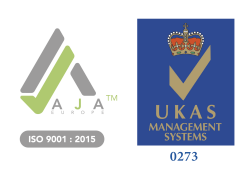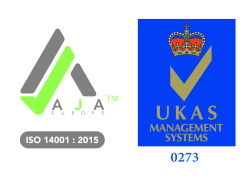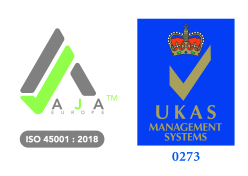Why the concern over manual handling in the workplace?
Many people wonder what ‘manual handling’ means and why good manual handling practices are so important in the workplace.
Manual handling refers to the transporting or supporting of a load by hand or bodily force. Loads can be anything that we move, from inanimate objects such as boxes or crates to animate objects like people or animals. The risks of injury are the same with both types of loads, but handlers must ensure they don’t hurt people and animals when moving them.
Manual handling techniques
Manual handling applies to the handling of loads by human effort rather than mechanical aids (like cranes and trucks) and involves the following techniques:
· Lifting
· Lowering
· Pushing
· Pulling
Workers might perform these manoeuvres in any workplace. Carrying out these techniques safely is vital to prevent workers from hurting themselves (which can lead to long-term injuries). As many people injure themselves through poor handling techniques, employers must train staff to adopt safer manual handling practices so they can stay healthy and active.
The Manual Handling Operations Regulations
The Manual Handling Operations Regulations (MHOR) governs all moving and handling in the workplace. The government introduced the Regulations in 1992 and revised them in 2002. The Regulations require employers to avoid the need for their employees to undertake any manual handling operations at work that involve a risk of injury (as far as reasonably practicable).
The manual handling tasks that pose injury risks include carrying, lifting, lowering, pushing or pulling tasks that might cause employees to:
· Twist
· Stoop
· Reach upwards
· Lift excessively
· Carry items for excessive distances
· Push or pull loads excessively
· Risk sudden movement
· Hold or manipulate loads at a distance from their trunk
· Sustain physical effort for frequent or prolonged periods
These tasks can cause injuries, either immediately or over time, resulting in injuries that last days, months or even years. ETD’s Manual Handling Course shows you how to avoid these incidences in your workplace and reduce the risk of injury to staff.
ETD’s online Manual Handling Course
To learn more about safe manual handling in the workplace, you can purchase ETD’s online Manual Handling Course. Follow these five simple steps to get started.
· Create a free company account or single user account, selecting the £12+ VAT payment scheme.
· Purchase your user accounts using the online Elavon platform.
· For company accounts, create your user accounts (using unique usernames) and activate each user by pressing the ‘activate’ button.
· Purchase your online training by selecting the courses that you require. Ticking a course will instantly assign it to the user’s account.
· Once the courses have been assigned, single users can access the course under ‘my courses’. Company users can log into their account, go to ‘my courses’ and start the training.
If you require any assistance with the online training, then please contact our support team, who will be happy to help.







